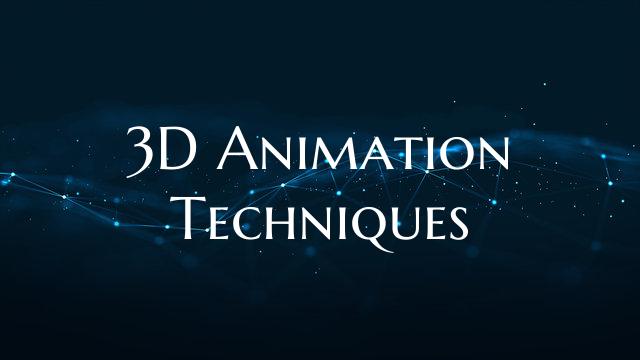3D Animation Techniques
Introduction: In today's digital age, 3D animation has become an essential part of various industries, including film, gaming, advertising, and architecture. Mastering 3D animation techniques is not only a valuable skill but also a creative outlet for artists and designers to bring their imagination to life in a dynamic and engaging way. In this comprehensive guide, we will explore the fundamentals of 3D animation and delve into advanced techniques to help you elevate your skills and create stunning animations.
Understanding the Basics: Before diving into advanced techniques, it is crucial to have a solid understanding of the basics of 3D animation. This includes concepts such as keyframing, timeline manipulation, rigging, and rendering. Keyframing allows animators to create movement by setting key poses at specific points in the timeline, while timeline manipulation determines the timing and flow of the animation. Rigging involves creating a skeleton or structure for characters or objects to control their movement, and rendering is the process of converting the 3D scene into a 2D image or video.
Advanced Techniques: Once you have mastered the basics, you can explore a variety of advanced techniques to take your 3D animations to the next level. Some of these techniques include: 1. Character Animation: Bringing characters to life through imaginative movements and expressions is a challenging yet rewarding aspect of 3D animation. Advanced techniques such as motion capture, facial rigging, and lip-syncing can help you create realistic and emotive character animations.
2. Particle Effects: Adding particle effects like fire, smoke, water, or explosions can enhance the visual impact of your animations. Understanding how to simulate and manipulate particles in 3D space can make your animations more dynamic and engaging.
3. Lighting and Texturing: Lighting and texturing play a crucial role in creating realistic and visually appealing 3D animations. By mastering techniques such as global illumination, ambient occlusion, and texture mapping, you can improve the overall look and feel of your animations.
4. Camera Animation: Just like in live-action filmmaking, camera movement and framing are essential in creating dynamic and engaging 3D animations. Techniques such as camera tracking, depth of field, and motion blur can add depth and realism to your animations.
5. Special Effects: Experimenting with special effects like chroma keying, green screen compositing, and VFX can help you create unique and visually stunning 3D animations. These effects can be used to enhance storytelling, create visual impact, and bring your creative vision to life.
Conclusion: Mastering 3D animation techniques requires dedication, practice, and a willingness to experiment and innovate. By understanding the basics, exploring advanced techniques, and staying updated on industry trends, you can elevate your skills as a 3D animator and create stunning animations that captivate audiences across various platforms. Whether you are a seasoned professional or a beginner looking to break into the world of 3D animation, this comprehensive guide will equip you with the knowledge and tools you need to succeed in this exciting and ever-evolving field.

